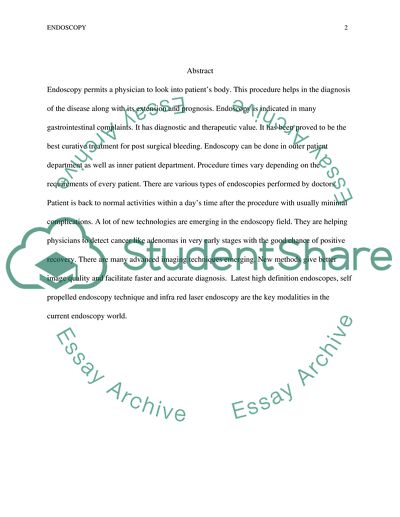Cite this document
(“Endoscopy Essay Example | Topics and Well Written Essays - 2250 words”, n.d.)
Retrieved from https://studentshare.org/medical-science/1583802-endoscopy
Retrieved from https://studentshare.org/medical-science/1583802-endoscopy
(Endoscopy Essay Example | Topics and Well Written Essays - 2250 Words)
https://studentshare.org/medical-science/1583802-endoscopy.
https://studentshare.org/medical-science/1583802-endoscopy.
“Endoscopy Essay Example | Topics and Well Written Essays - 2250 Words”, n.d. https://studentshare.org/medical-science/1583802-endoscopy.


